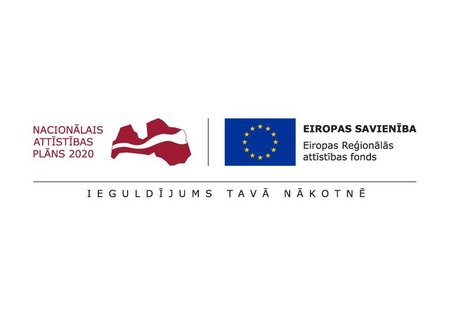SIA „Baltic Scientific Instruments” pārskata periodā turpināja darbu pie projekta. Kopā ar projekta partneriem tika turpināti darbi, saistīti ar 3D drukāto paraugu no puskristāliskiem un amorfiem materiāliem mīkstināšanas temperatūras, lineārās termiskās izplešanās koeficienta, neatgriezeniskās termiskās deformācijas un siltumvadītspējas dažādos virzienos novērtēšanu un sistematizēšanu. Dažādu polimēru veidu saderība hibrīdām struktūrām tika novērtēta adhēzijas testos. Tika izmērītie elektriskie parametri 3D drukātiem paraugiem no elektrovadoša PLA un polivinilidēnfluorīda filamentiem. Elektriskie parametri tika novērtēti dažādos drukas iestatījumos (drukāšanas orientēšana, temperatūra) pie vairākiem slāņa biezumiem (0.1, 0.2, 0.4, 0.6 mm) un paraugu ģeometrijām (viena slāņa, daudzslāņu). Izmērītas elektriski vadošā filamenta Koltron G1 (polivinilidēnfluorīda polimērs ar grafēna ieslēgumiem) siltumīpašības.
Ar detalizētāku informāciju par projekta norisi var iepazīties LU mājas lapā - https://www.lu.lv/en/zinatne/programmas-un-projekti/es-strukturfondi/eraf-sam-1111-praktiskas-ievirzes-petijumi-3-karta/risinajumu-riks-optimalai-projektesanai-viedo-polimeru-nano-kompozitmaterialu-strukturu-izveidei-izmantojot-3d-printesanu/
SIA "Baltic Scientific Instruments" continued work on the project during the reporting period. Together with the project partners, work related to the assessment and systematization of the softening temperature, linear thermal expansion coefficient, irreversible thermal deformation and thermal conductivity in different directions of the 3D printed samples from semi-crystalline and amorphous materials was continued. The compatibility of different types of polymers for hybrid structures was evaluated in adhesion tests. The electrical parameters of 3D printed samples from conductive PLA and polyvinylidene fluoride filaments were measured. The electrical parameters were evaluated in different printing settings (printing orientation, temperature) at several layer thicknesses (0.1, 0.2, 0.4, 0.6 mm) and sample geometries (single layer, multilayer). The thermal properties of the electrically conductive filament Koltron G1 (polyvinylidene fluoride polymer with graphene inclusions) were measured.
More detailed information about the progress of the project can be found on the LU website - https://www.lu.lv/en/zinatne/programmas-un-projekti/es-strukturfondi/eraf-sam-1111-praktiskas-ievirzes-petijumi-3-karta/risinajumu-riks-optimalai-projektesanai-viedo-polimeru-nano-kompozitmaterialu-strukturu-izveidei-izmantojot-3d-printesanu/


